Welcome to “Path to Your Dreams,” the blog series about fascinating and inspirational stories for young pilots trying to figure out their career path. We have talked with an eclectic group of pilots from various walks of life in aviation, to learn about how they followed their dreams in aviation. Here’s a new exciting installment to the series!
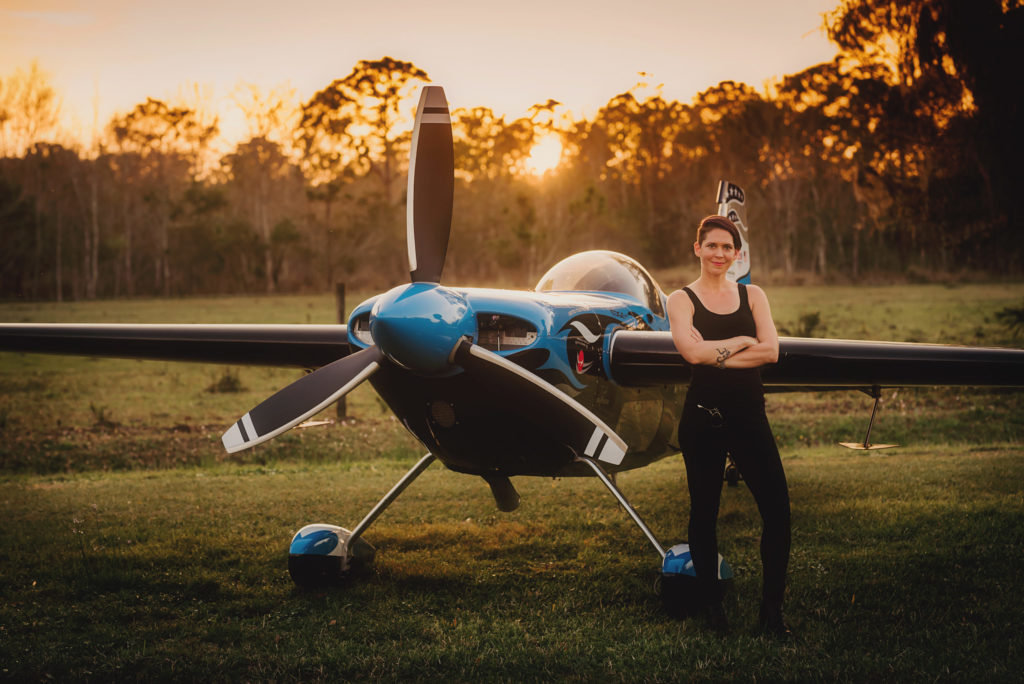
The pilot: Melissa Burns, professional aerobatics pilot; display skydiver; B.A.S.E. jumper; professor of aeronautical science at Embry Riddle University in Daytona Beach, Florida; air taxi pilot out of Talkeetna, Alaska; proud member of the 99s.
The dream: To do it all!
The path: Melissa Burns is one of the few pilots today who can say she got passion for flying from her grandmother. Her grandmother, Mary Lou Waite, had a master’s degree and 6 daughters, lived on an air park in Butler, Pennsylvania, and was a flight instructor. Her grandfather was also a pilot, and he bought her grandmother a Cessna 150 for her 50th birthday. So, growing up in Pittsburgh, Melissa would go to Grandma’s garage (which was a hangar) and sit in the airplane. If they were lucky, Grandma would take the kids up for a flight and do loops and rolls. Mary Lou also flew in the Powder Puff Races. She raced under the number 5, and Melissa is trying to get her flight number now.
“The most consistent pattern in [aerobatics] world champions is that when you get to the competition and everything’s on the line, there’s a sense of calm and readiness. There’s that bit of nervousness to help focus, but there’s also peace and calm. The sky dancer’s mindset.”
Melissa learned to fly from Mary Lou’s husband, Leo, a retired Air Force test pilot. She got her pilot’s license by age 18. (Of course, Grandma was adamant that Melissa had to become a 99 as soon as she got her pilot’s license.) To pursue her passion for flying, Melissa went to Embry Riddle Aeronautical University in Prescott, Arizona. Around that time, Grandpa Leo took Melissa to Oshkosh for her first air show experience, and she got to see competition aerobatics for the first time. She says, “I got hooked!”
Melissa started competing in aerobatics in 2003, after college, and won third place in the intermediate category at the 2004 nationals. She started working on her tailwheel endorsement while in college, but she really wanted to fly a Pitts. So she started learning from retired former fighter pilot, Thunderbird pilot, and Major General, Hank Canterbury, in his Pitts S2C. From there, she studied with several coaches and went to a flight camp in Ashland, Kansas. She made the U.S. Unlimited Aerobatic Team in 2005, at age 22, the youngest woman ever to have made the team.

After college, airshows became Melissa’s full-time job. She says it was “A nice way to become a better pilot and expand my horizons.” She continued air show flying full time until 2016. In her “spare time,” she also competed internationally in base jumping and was part of a sky diving demo team. Then, in 2016, she met her husband Trent Burns, a pilot from Alaska, and Melissa took a break from air show flying so they could start a family. They now have a 4-year-old daughter and a 2-year-old son, and Melissa is getting back into air shows, flying at Sun ‘n Fun and planning some air shows in Alaska, her family’s summer home. She’d like to compete on the U.S. team again, and she’s looking at air racing, something she’s been wanting to do since the Red Bull Air Races started.
Melissa also loves the summer air taxi work in Alaska. It lets her family stay part of the mountain community, and there are a lot of “powerhouse” female pilots there to fly with. “Talkeetna is an epicenter for women in aviation. It’s also fun because there’s lots of chances to go flying in my bush plane and camping with my kids. My 2-year-old is especially crazy for planes. He’s always talking about ‘Mommy’s vroom-vroom’ and ‘Daddy’s vroom-vroom.’”
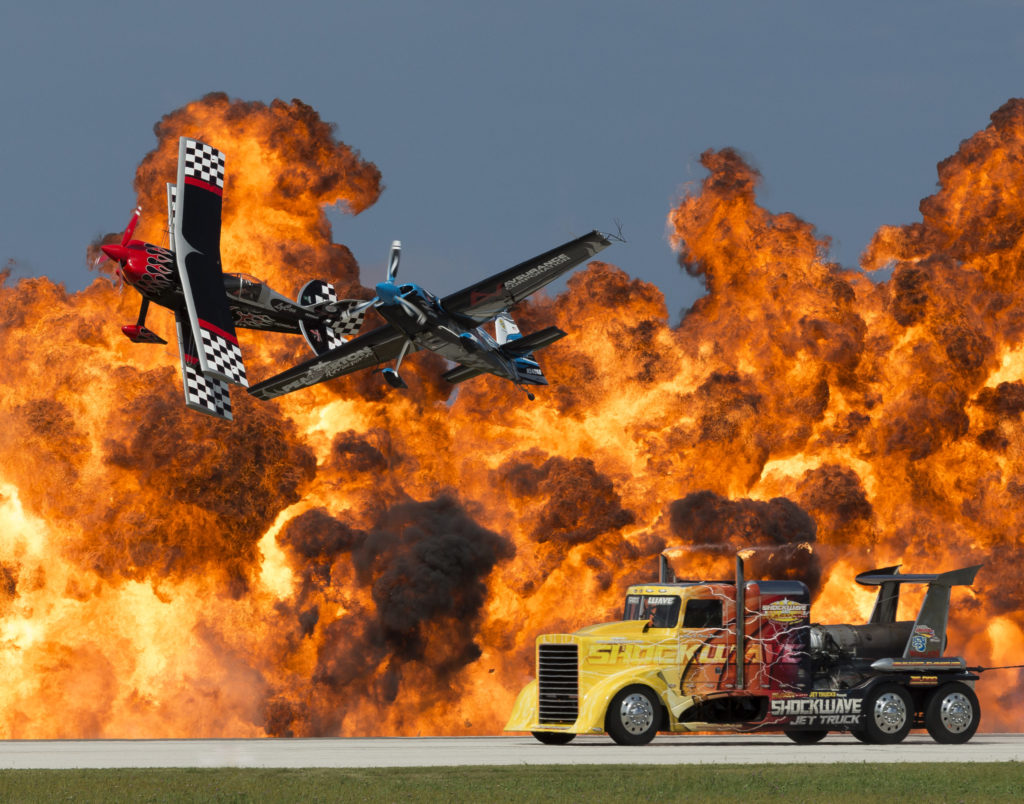
As air shows start up again after the pandemic, Melissa says it’s really fun to see the mix of people involved. “There’s only a handful of women flying at the international level. We’re all moms. We’ve all had children since we last competed against each other, and now, we’re all juggling air shows, competition, and kids. We joke about how we need to go in together and hire a babysitter for the next competition we all make it to. It’s great because, at the end of day, all the women competing at the world champion level support each other.” She’s also OK with the fact that men and women compete separately in aerobatics. “For the World Aerobatic Championships, there are male and female champions, but the overall winner gets the Aresti Cup. And I think separate recognitions are actually good for sponsorships.” (There are no separate categories in air races.)
Melissa says it’s so important for women to have role models in aviation, as she did growing up. At times, the U.S. Aerobatics Team has been half men and half women, although right now there are no women on the team. But she acknowledges that it’s tough overall because the U.S. team is self-funded, as opposed to other national teams that have government funding. “Really, hats off to anyone who commits. But the balance will swing back, and that’s so important. I’d like to see more women coming up and representing. Interestingly, wherever I work, all around the world, it’s the dads that always come up to me at air shows and say ‘Thanks for that inspiration and letting my daughter see that women can do these things.’ And I’m excited to see my own daughter’s experience at Sun ‘n Fun this year.”
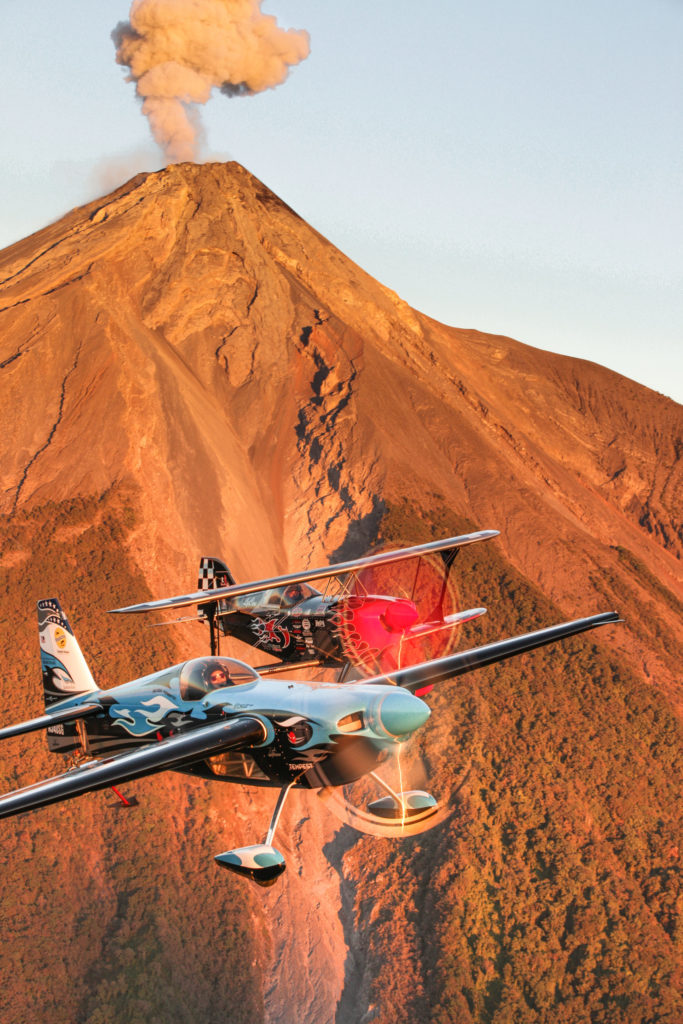
Most memorable flight: “It was when I was flying the Q program at the 2015 World championships in France. I got second place in that flight, and I remember, as I was diving, feeling so present in that moment and such extreme gratitude knowing all the things that came together to give us the privilege to do that flight!”
Flights on the bucket list: “I’m really excited about Air Race. “I’ve been wanting to race between those pilons ever since I got into this. My role model is Kirby Chambliss. He’s someone who’s successful because he’s always been good at what he did. He’s never had to boast about it. He’s a good pilot and a good person, and I want to be like that.”
Advice for other dreamers: “For anyone interested in aerobatics, it’s about networking. Check out the IAC website, find a competition, go to an airshow, volunteer, meet a crew, get that exposure. All the opportunities that came my way were from networking and meeting people. It’s a big family in airshows, and you have to become part of the family if you want to get involved. And, of course, get proper training. There are plenty of great aerobatics schools out there.
For women, be persistent. If you have a passion for it, chase that dream, because anything is possible. A mentor once told me, ‘As a woman, no matter what, you’re going to stand out because there aren’t a lot of us. Just embrace that and be the best that you can be.’”
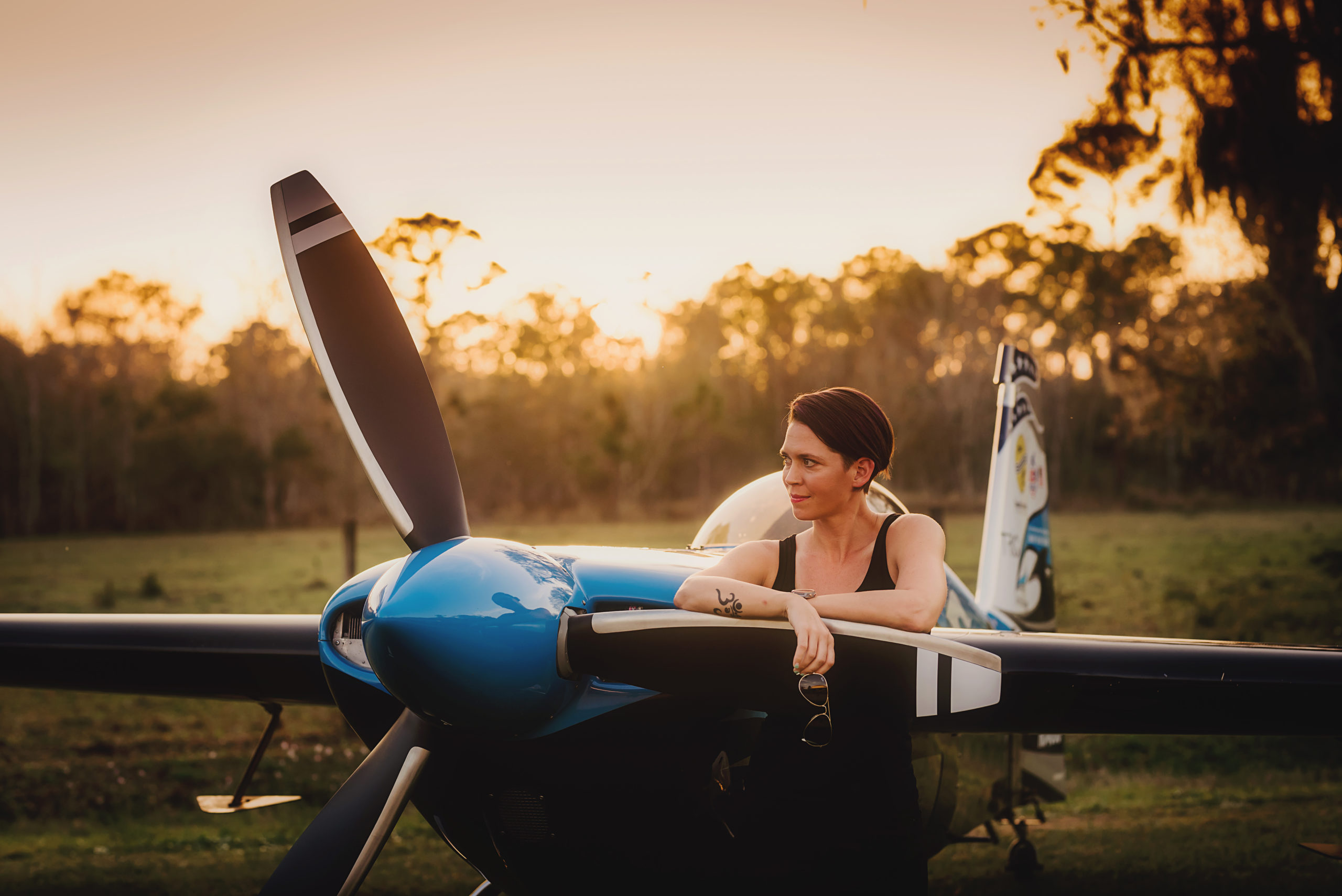

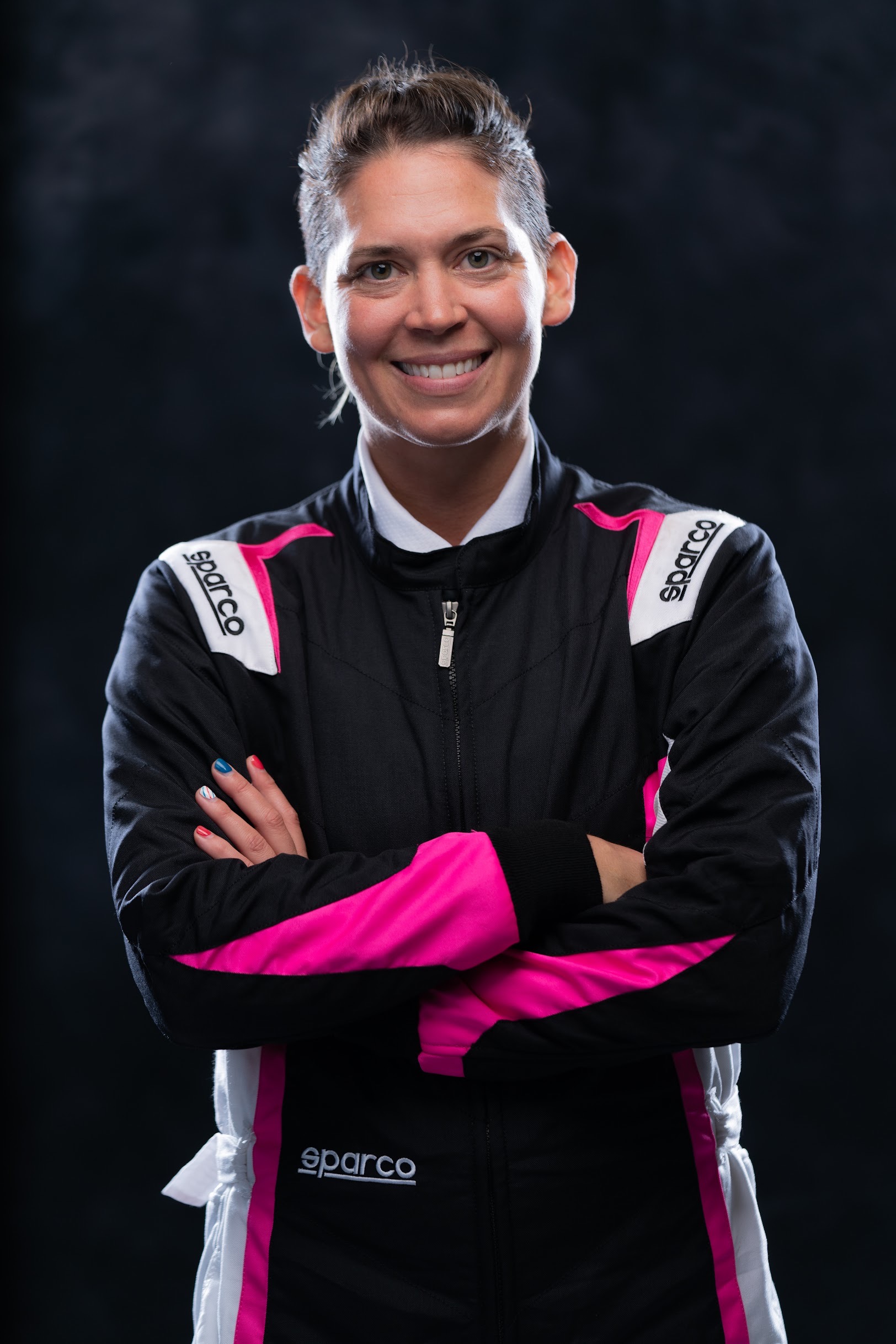
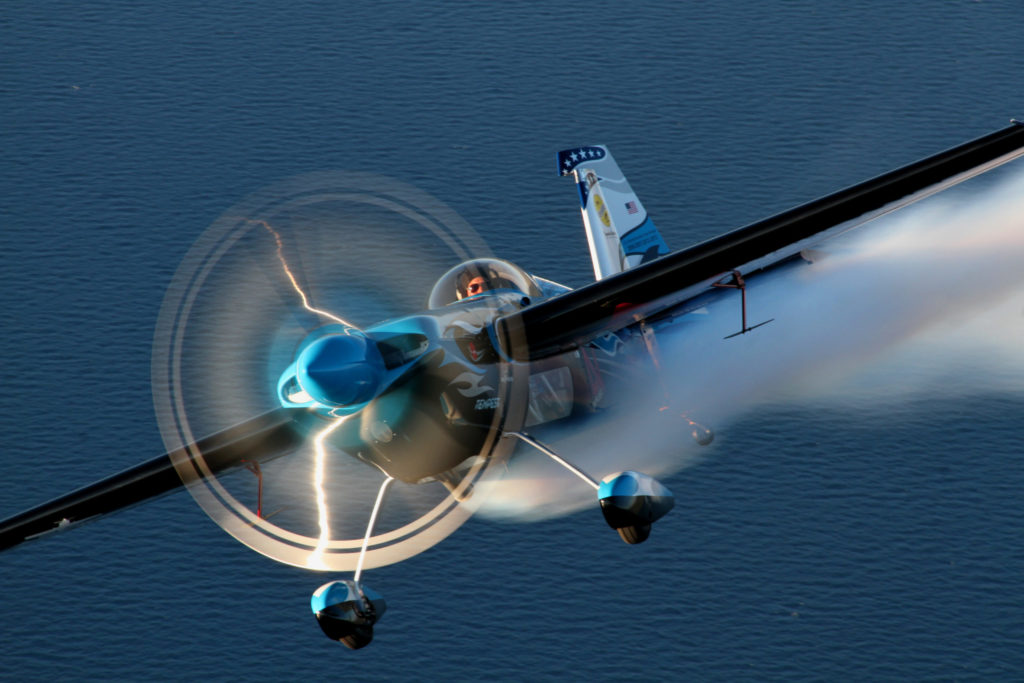

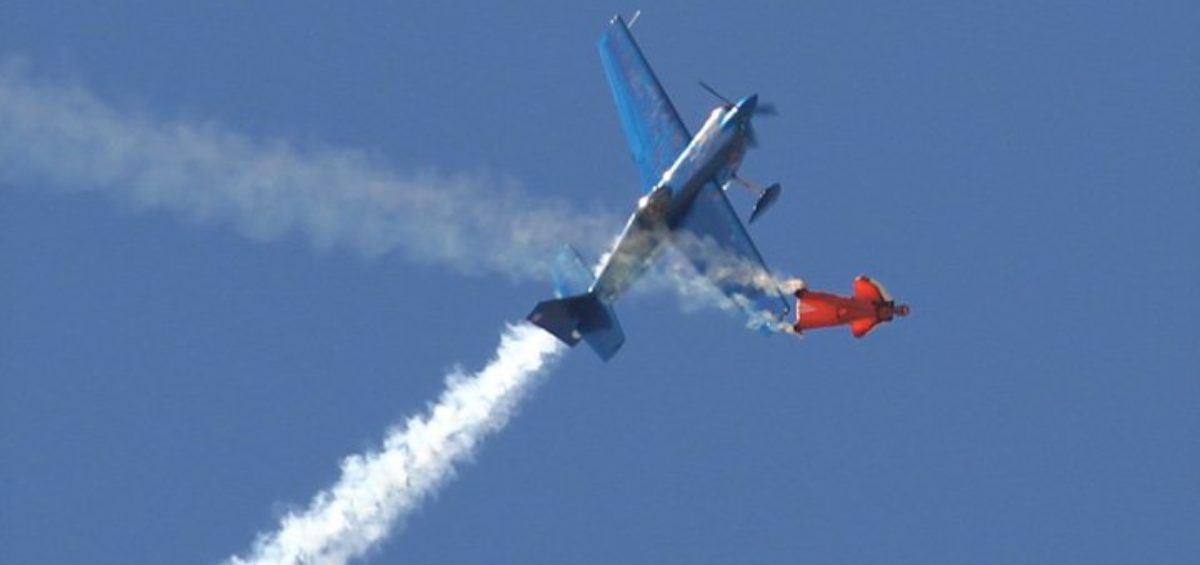
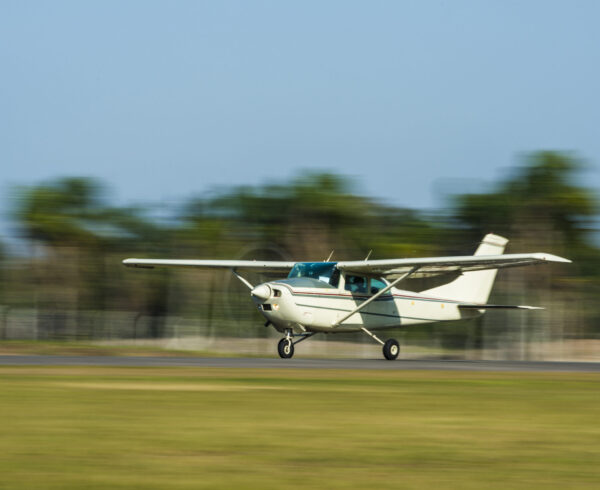

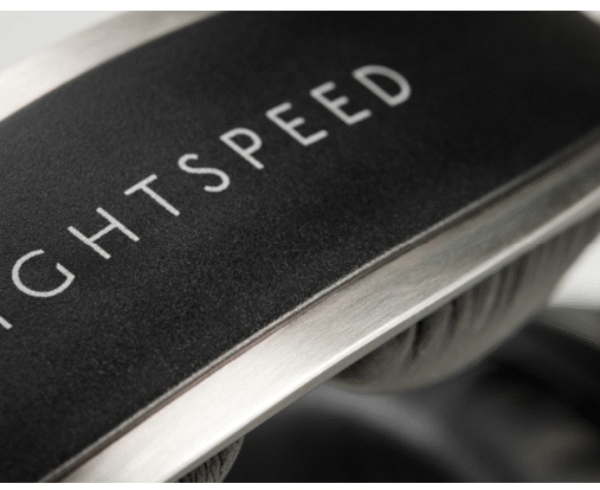
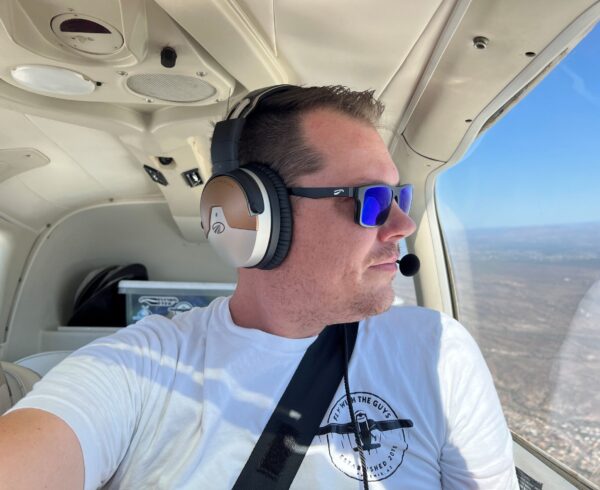
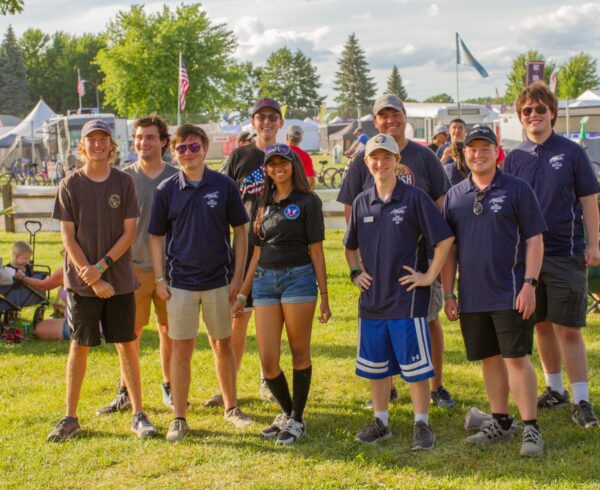





Leave a Comment